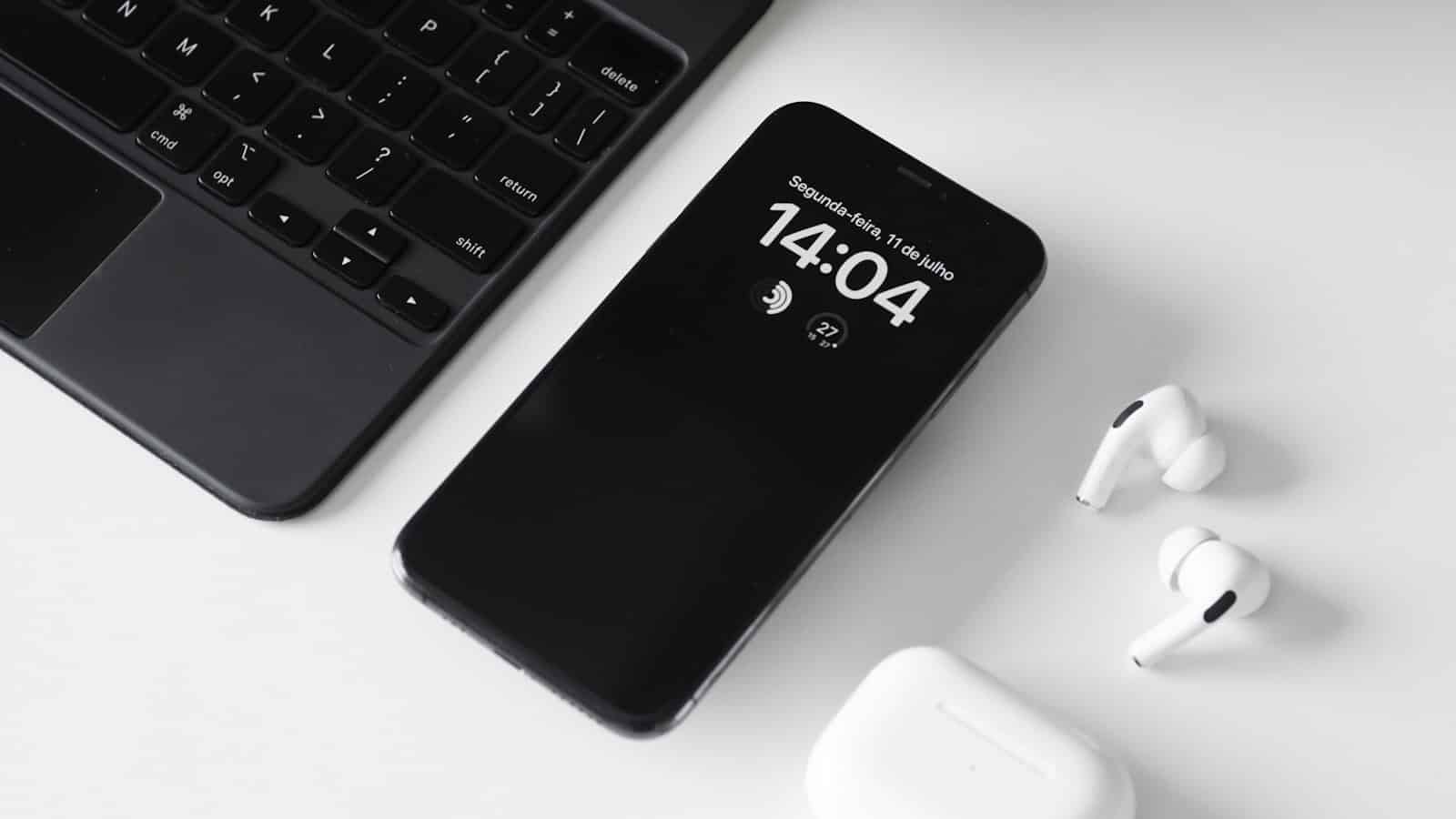Always-On Display (AOD) technology has revolutionized how users interact with their smartphones, turning idle screens into dynamic sources of essential information. Instead of relying on constant screen wake-ups, AOD allows users to effortlessly check the time, date, battery status, and notifications—even when the phone is technically “off.” This seamless access not only boosts convenience but also optimizes device efficiency.
What is Always-On Display?
Initially introduced on smartwatches and later adopted by smartphones, AOD leverages OLED and AMOLED display technologies. These screen types illuminate individual pixels rather than the entire display, making it possible to light up specific areas without draining significant battery life. This approach ensures that users can stay informed while conserving energy—a balance that was previously difficult to achieve.
Customization Options Across Platforms
Both Android and iPhone users now enjoy extensive customization features for AOD, allowing them to tailor the experience to their personal style and needs:
- Android Devices: Samsung Galaxy phones, Google Pixels, and other Android models offer deep AOD customization. Users can change clock styles, add widgets (such as weather or music controls), and even use custom wallpapers or animations. Some devices even allow the addition of interactive elements like quick reply options directly on the AOD screen.
- iPhone Users: Apple introduced Always-On Display with the iPhone 14 Pro and iPhone 15 Pro models, utilizing LTPO (Low-Temperature Polycrystalline Oxide) OLED panels, which can lower the refresh rate to just 1Hz, minimizing power consumption. Apple’s AOD integrates beautifully with the iOS ecosystem, showcasing notifications, live activities (like timers or maps), and even wallpaper dimming to keep the aesthetic intact without sacrificing battery life.
Efficiency Meets Flexibility
While AOD is designed for convenience, battery life remains a major concern for users. Smartphone manufacturers have tackled this by incorporating intelligent battery management features into AOD:
- Adaptive AOD: Many modern phones automatically dim or disable the AOD in certain scenarios, such as when the phone is face down, in a pocket, or during nighttime hours.
- Scheduled Display: Users can set specific time windows for AOD to activate or deactivate, helping to extend battery life without sacrificing usability.
- Notification Filtering: Both iOS and Android allow users to select which notifications appear on the AOD, reducing distractions and ensuring only important alerts make it through.
How AOD Impacts Battery Life
Thanks to advancements in display technology, the power drain of Always-On Display is minimal. For example, the Samsung Galaxy S23 Ultra reports only a 3-5% battery impact over a typical 24-hour cycle with AOD enabled. Similarly, Apple’s iPhone 15 Pro models efficiently manage power through ProMotion technology, which dynamically adjusts the refresh rate based on usage.
However, users concerned about battery longevity can further optimize performance by using darker AOD themes, reducing displayed information, or disabling AOD entirely during low-power modes.
The Future of Always-On Display
As smartphones continue to evolve, AOD is expected to become even smarter. Future updates could introduce more interactive elements, contextual displays based on location or activity, and deeper integration with AI-driven assistants. Additionally, foldable devices and smart glasses may adopt AOD-like features, expanding its utility beyond traditional smartphones.
Key Takeaways
- Always-On Display shows important information without waking the phone
- Users can choose from various clock styles and customize display colors
- Display settings can be scheduled to optimize battery consumption
Understanding Always-On Display
Always-On Display is more than just a passive clock—it’s a productivity tool, a design element, and a battery-conscious feature that enhances the overall smartphone experience. Whether you’re customizing your Android lock screen or enjoying Apple’s clean AOD aesthetics, the technology bridges convenience and efficiency, ensuring that your phone is always working for you—even when it looks like it’s not.
Always-On Display (AOD) technology shows key information on a phone’s screen while consuming minimal power. This feature displays time, date, battery status, and notifications without requiring users to wake their device.
Concept and Advantages of AOD
Always-On Display uses OLED screen technology to light up only the necessary pixels. This selective pixel activation lets the screen show information while using very little power.
AOD gives users quick access to essential information. Users can check the time, battery level, and incoming notifications at a glance without touching their phone.
The feature improves phone usage efficiency. Instead of repeatedly waking the device to check basic information, users can see updates instantly.
Compatibility and Availability
AOD is available on many Samsung Galaxy phones and the iPhone 14 Pro series and newer models. Samsung devices offer extensive customization options for clock styles, colors, and layouts.
On Samsung phones, users can schedule AOD to activate at specific times. They can set it to show continuously, appear only for new notifications, or display when tapped.
The iPhone 14 Pro and iPhone 15 Pro series integrate AOD with the Lock Screen. These devices dim the wallpaper and show widgets while maintaining battery efficiency.
OLED display technology is required for AOD to work effectively. This limits the feature to premium smartphones with compatible screens.
Frequently Asked Questions
Always On Display customization gives users control over their screen appearance, notifications, and power settings across different device types and operating systems.
How can I customize the Always On Display on a Samsung device?
Samsung phones offer Always On Display settings in the Lock Screen menu. Users can select clock styles, calendar views, and music controls.
Screen brightness adjusts automatically based on lighting conditions. Samsung devices support custom images and GIFs for the display background.
Is it possible to change the theme of the Always On Display?
Most modern phones with OLED screens support theme customization for Always On Display. Users can pick from preset themes or create custom designs.
Color options vary by device model and manufacturer. Some phones allow custom text colors and background patterns.
What steps are involved in customizing the Always On Display on an Android device?
Go to Settings > Display > Always On Display. Enable the feature and select display elements like clock style and notification icons.
Choose display timing – either 24/7 or scheduled hours. Adjust brightness levels and battery optimization settings.
Can the lock screen be personalized through the Always On Display settings?
Lock screen customization connects directly with Always On Display options. Users can show or hide notification content and select widgets.
Clock faces and calendar views sync between lock screen and Always On Display. Security features remain active during customization.
What options are available for customizing the Always On Display on an iPhone?
iPhones with OLED screens allow widget selection and notification preferences. Users control which apps show alerts on the Always On Display.
Clock styles and calendar views can be modified. Display brightness adjusts based on ambient light sensors.
Why might I be unable to customize the Always On Display on my device?
Older phones without OLED screens do not support Always On Display features. Some budget models limit customization options.
Software updates may affect available settings. Check device compatibility and operating system requirements.







